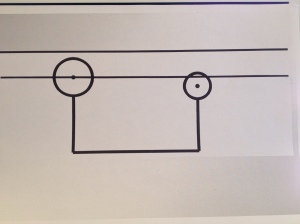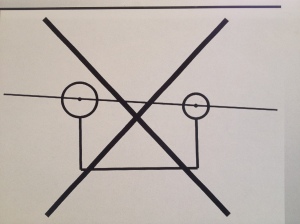Tags
Arthrogeneous origin of TMJ pain, Asymmetry, Asymmetry Index, Centric relation, condylar asymmetry recognition, Dentistry, Oral rehabilitation, Oral Stability, Orthodontics, Retruded Position of the Mandible, Temporomandibular joint diagnostics, Temporomandibular joint disorder, TMJ rehabilitation, Treatment planning
when present,is a must to consider, in any dental rehabilitation. I dare to have this opinion after more than three decades of experience in treating ” asymmetrical ” patients shared with several successful colleagues. Although I repeat my opinion it seems relevant as we on a regular basis are exposed to excellent crowns, bridges,supra constructions on implants and even completed orthodontics and yet a not satisfied patient.The chosen mandibular position for the rehabilitation in the majority of these patients has not been correct.
Results of recent research performed in different countries indicate that the mechanics of the temporomandibular joint is essential in order to maintain a pain free and functioning stomatognathic system (Quintessence International Symposium, Scottsdale,Arizona February 6-7, 2015). Overloading of the joint seems not only to jeopardize the intraarticular structures of the joint resulting in anything from internal derangement to osteoarthritis but also to be the trigger for masticatory muscle pain.
At a vertical temporomandibular joint condylar asymmetry the loading of the two joints is in danger as the vertical dimensions of the two condyles are not equal. Therefor the vertical dimensions of the two temporomandibular joint condyles need to be analyzed before any treatment is initiated. It is of utmost importance to determine the highest condyle as at an asymmetry this condyle has to be the guide for the mandibular movement of rotation(the Retruded Position of the Mandible)in which the rehabilitation is going to be executed.
Additionally,in patients with functional facial pain it sometimes might be difficult to clinically manipulate the mandible into the correct position for rehabilitation. At such occasions the result of the vertical condylar analysis in the panoramic X-ray easily can be transferred into the Maaxloc device by Dentatus, in which the index for the mandibular position of the planned rehabilitation is made.



